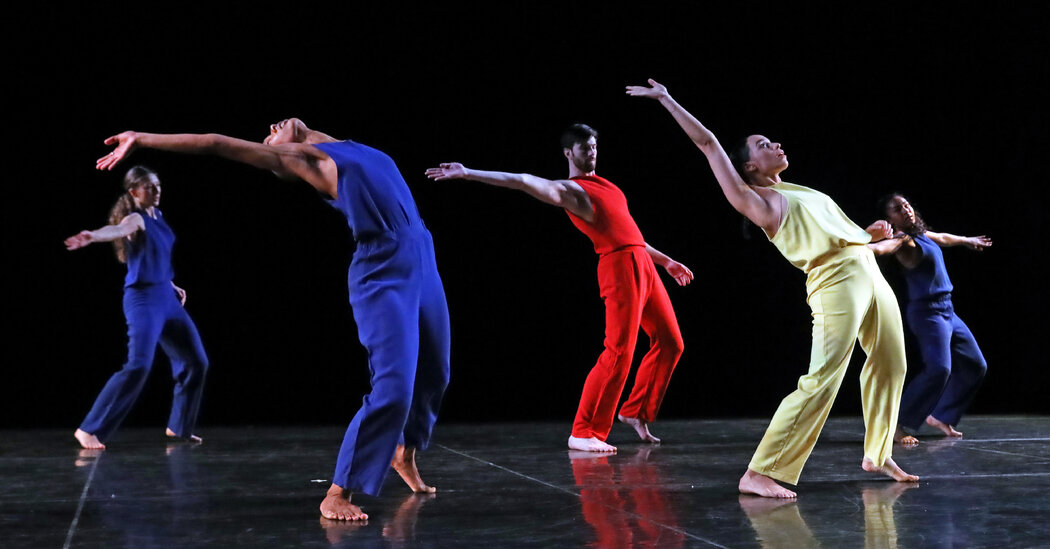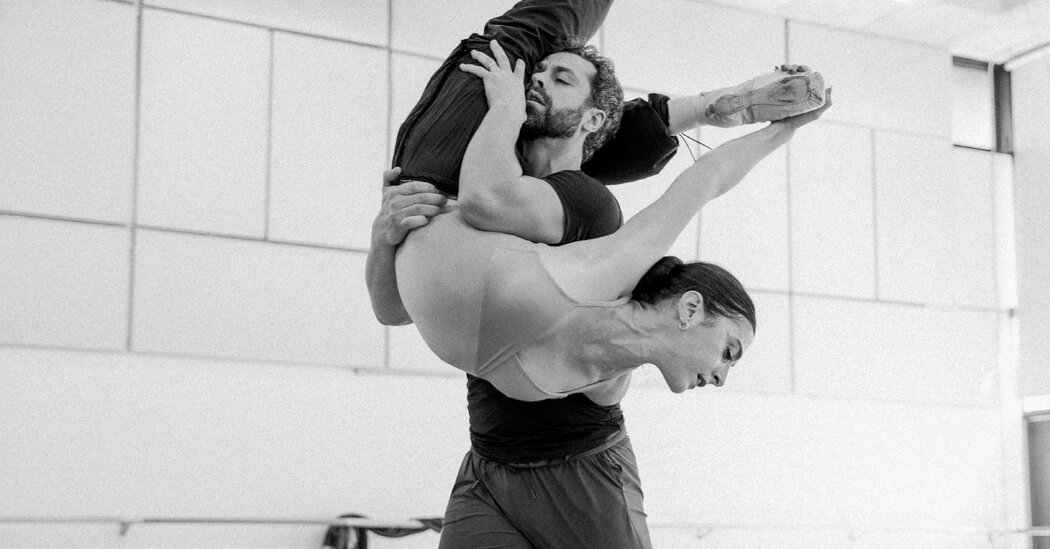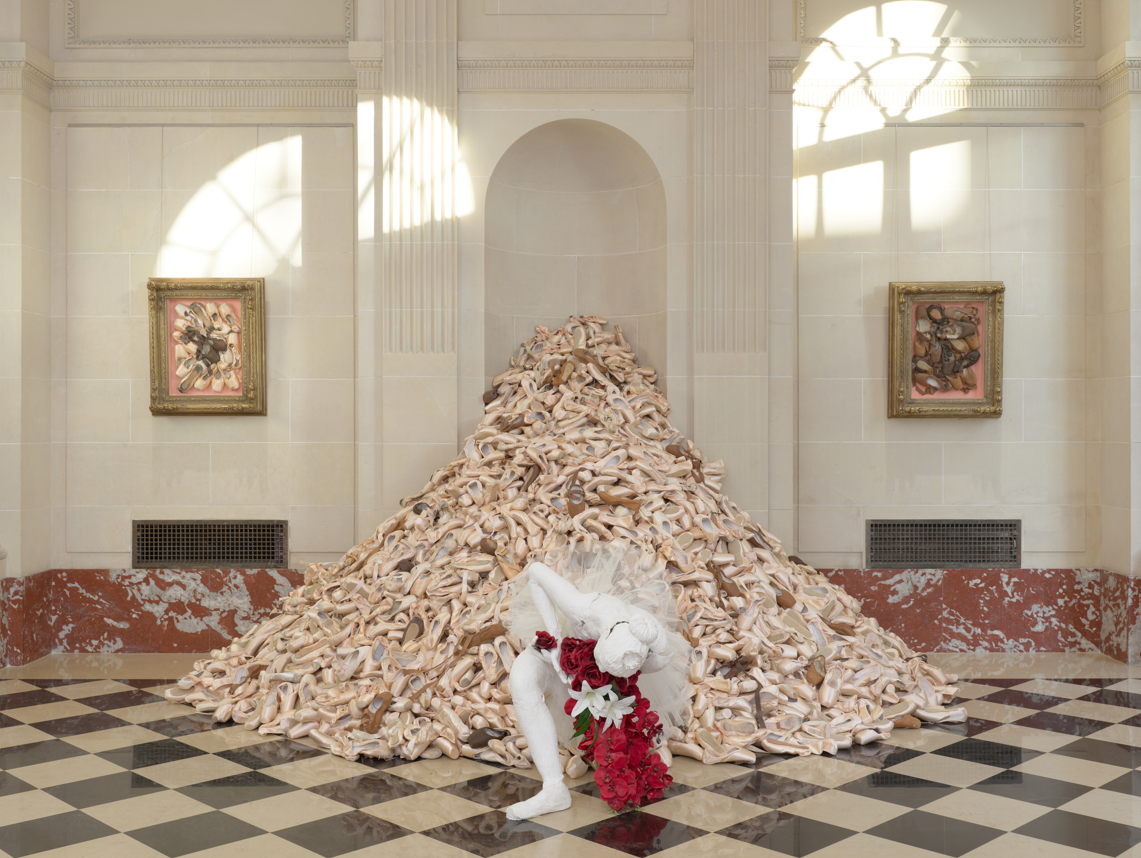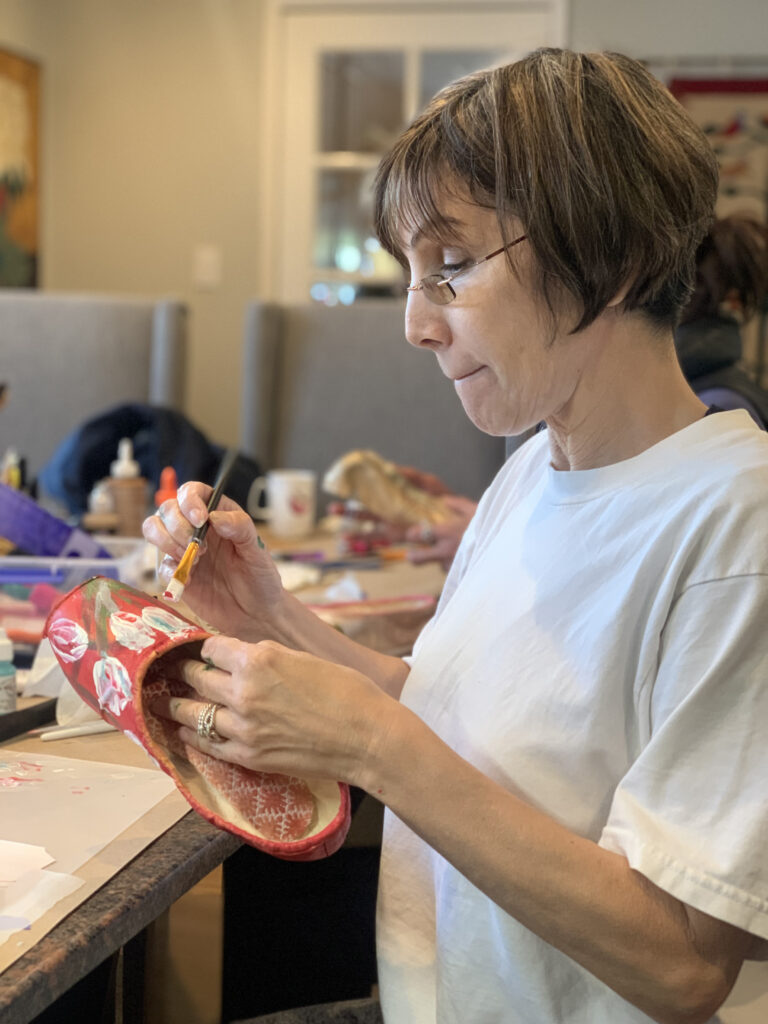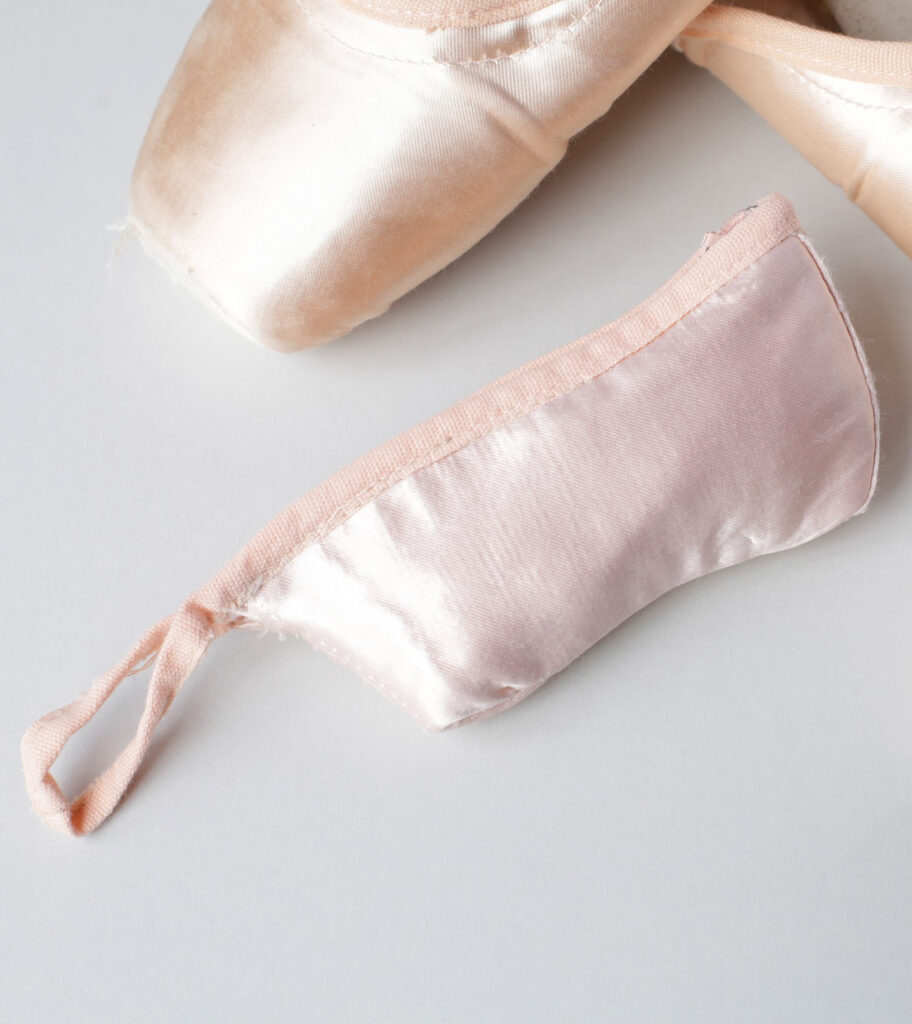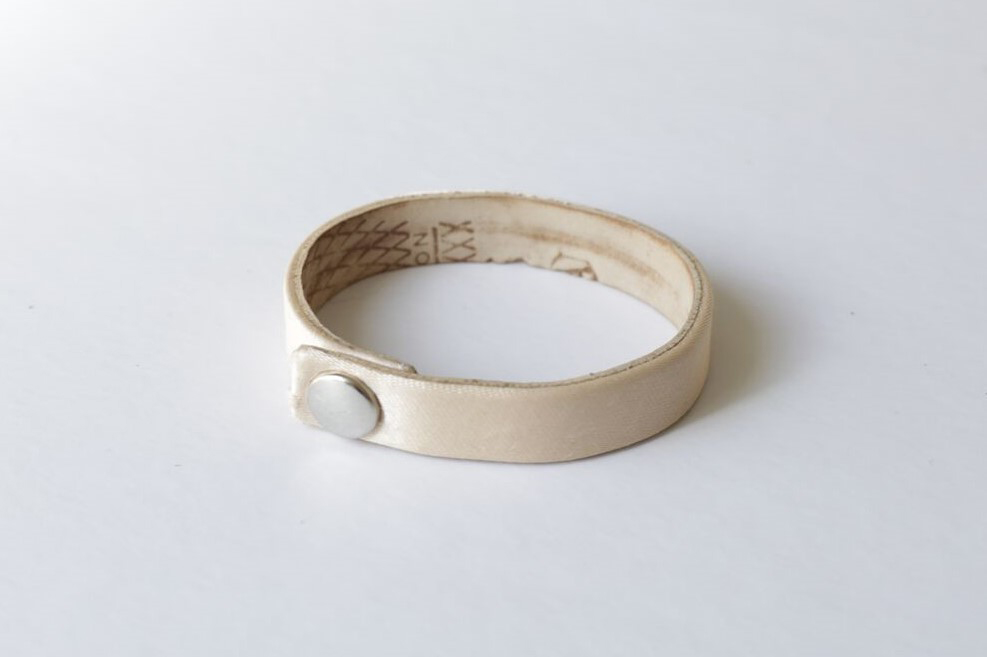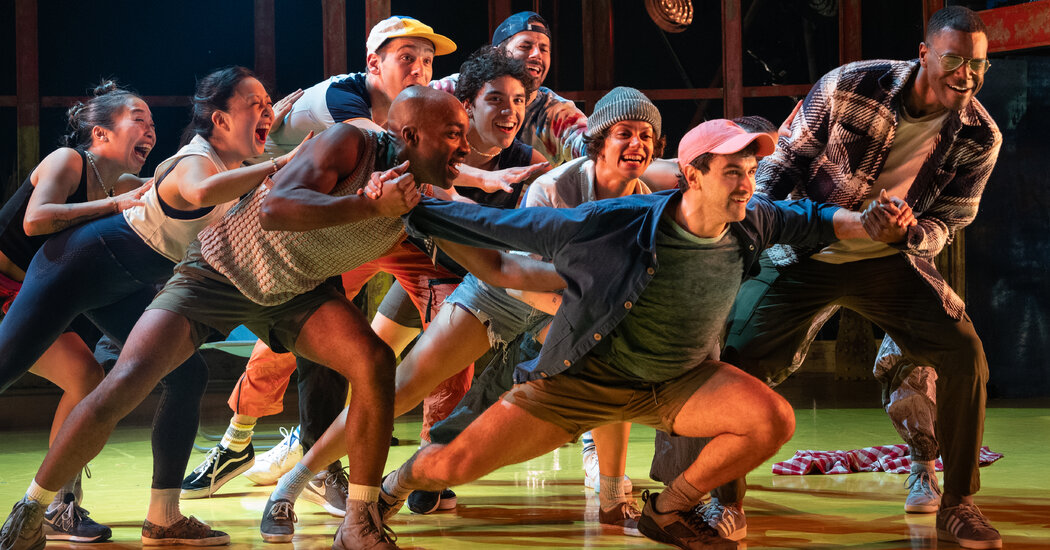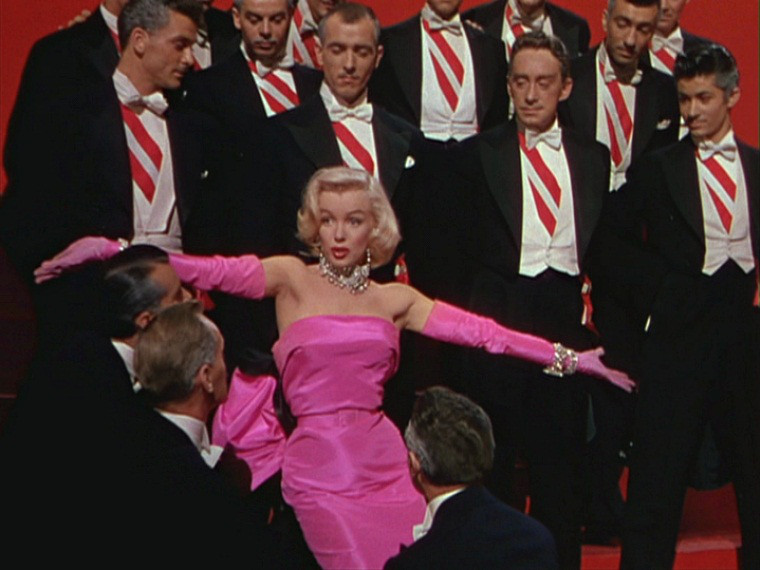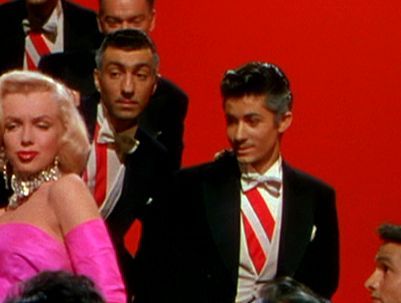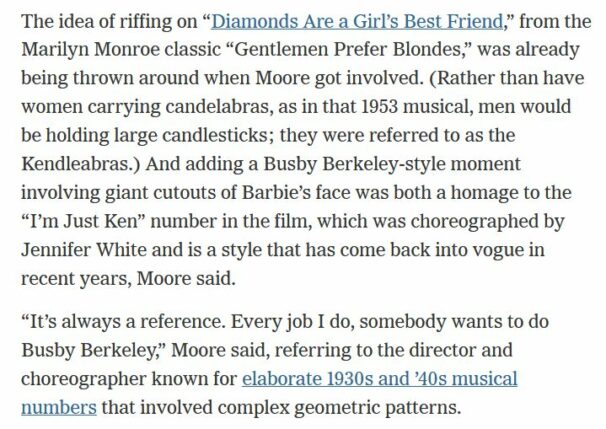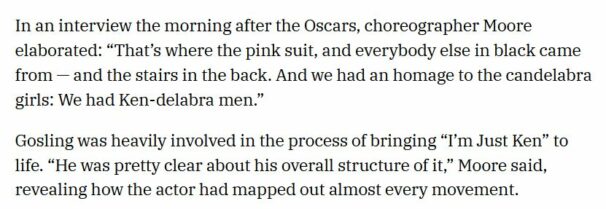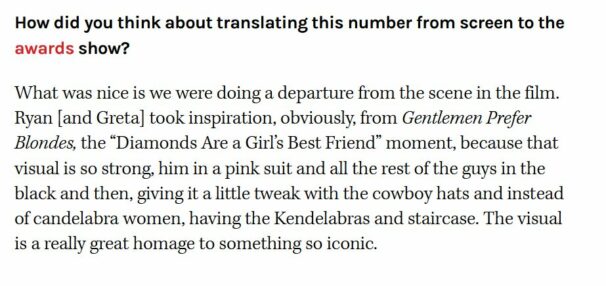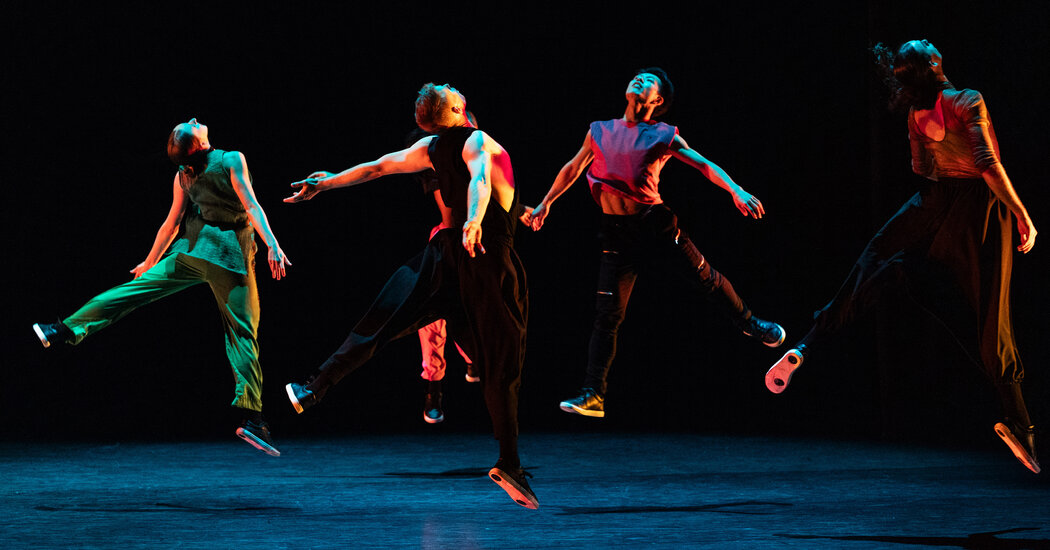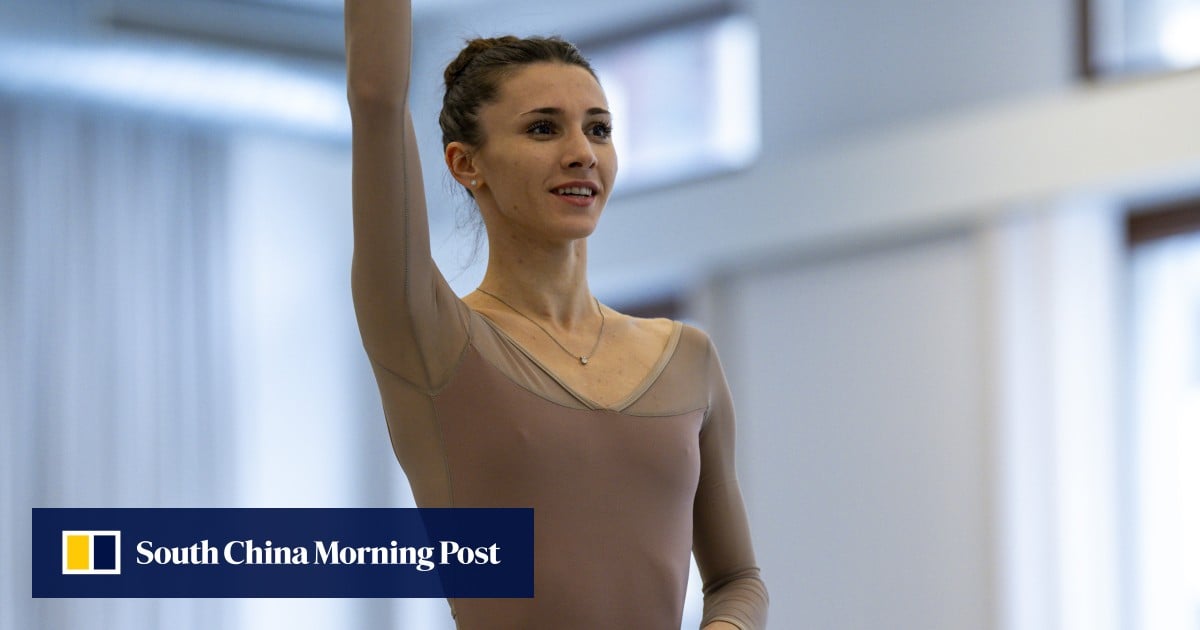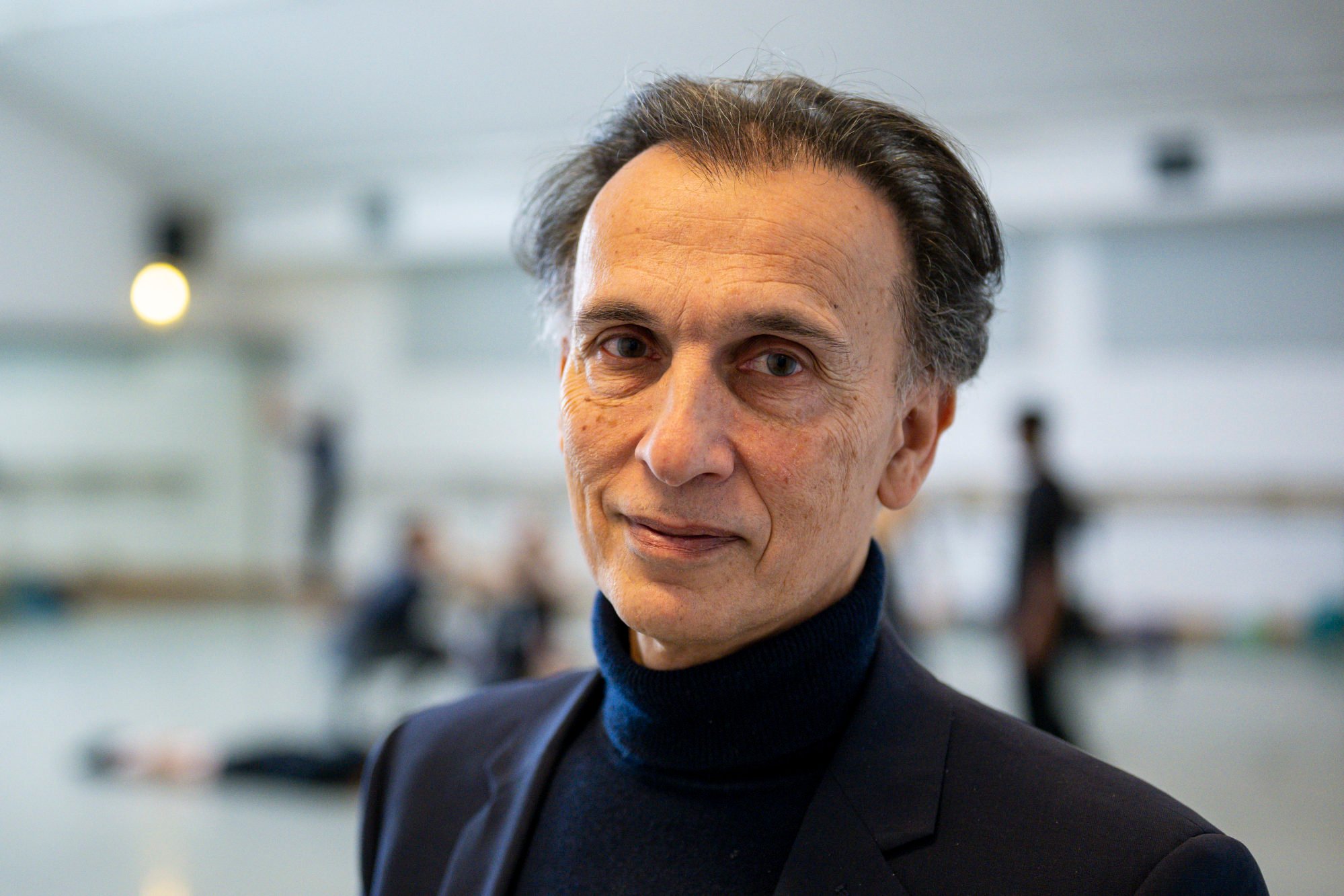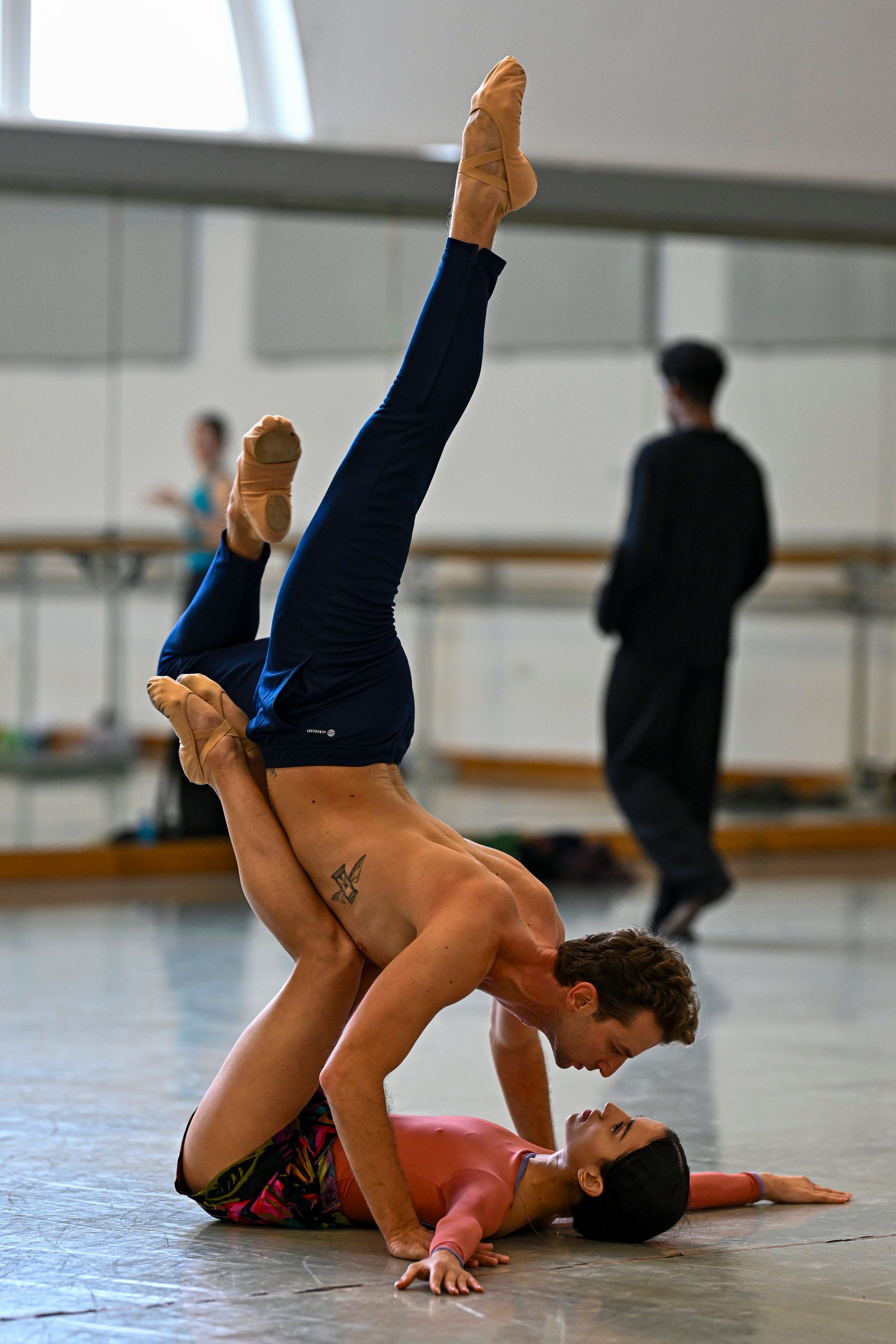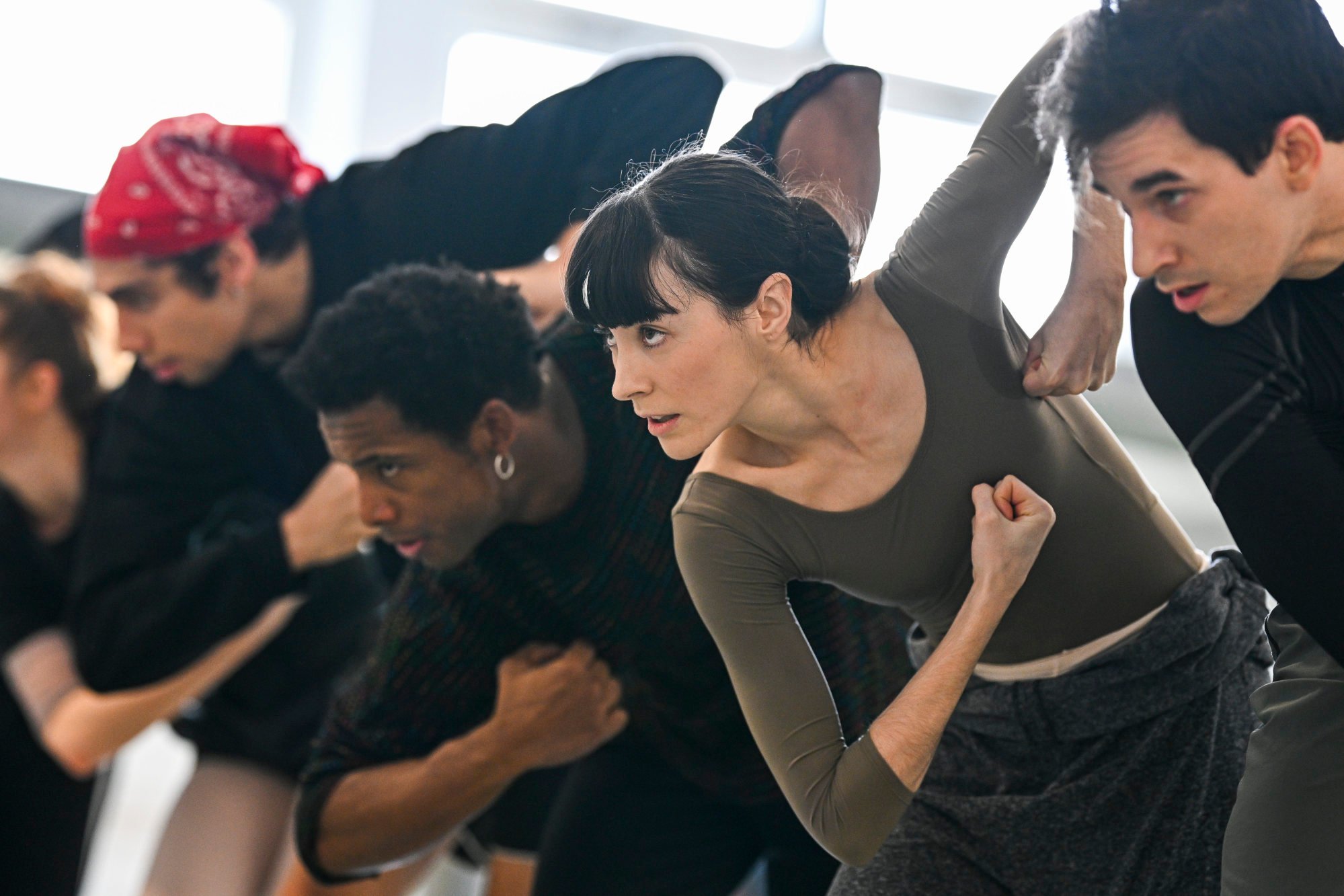Review: A New Dance at Trisha Brown Examines the Act of a Fall
[ad_1]
As the Trisha Brown Dance Company continues on without Trisha Brown — the great postmodern choreographer who died in 2017 — the group has staged works on and off the proscenium stage, and even relocated her works to a beach.
But a company can only get so far with its founding choreographer’s dances. It has entered the inevitable phase of needing to commission new works, and for its latest season at the Joyce Theater, which began on Tuesday, the group tapped the French choreographer Noé Soulier to create a premiere, its second by someone other than Brown.
Soulier’s “In the Fall” is part of a season dedicated to Steve Paxton, who died last month. In the new work, Soulier presents a finely wrought response to Brown’s vocabulary, deconstructed painstakingly as he places it under a microscope.
“In the Fall,” created with the support of Dance Reflections by Van Cleef & Arpels and others, features eight dancers in all, wearing separates in blue, yellow or red, designed by Kaye Voyce. The performers periodically show up at the same time, but even when they do, it is still a stage of individuals. The stark lighting, by Victor Burel and Soulier, makes them glimmer like jewels seen from a distance in a cave.
At first, two dancers are highlighted, Ashley Merker and Burr Johnson, each in blue and moving with ample space in between them as they navigate a darkened stage. Their bodies slowly morph and deepen into shapes and balances, and they succumb to gravity. It’s not fast and furious but initiated, seemingly, by a deep internal pull.
The dancers aren’t outwardly showy, yet they are dramatic, with matter-of-fact, glacial clarity. In contrast with the willowy fluidity of Brown’s movement, which brushes and tickles the air with seemingly unrestrained looseness, Soulier organizes bodies carefully, segment by segment. His idea of a fall is one of everlasting motion; it trickles out of the body not as much to collapse as to crumble, leaving behind pools of flesh.
Soulier, who is the director of the Centre National de Danse Contemporaine in Angers, France — one of that country’s government-supported choreographic centers — studied Brown’s vocabulary and repertoire as a student at the Performing Arts Research and Training Studios in Brussels. In a program note for the Joyce, he writes that while Brown “reveals the fundamental forces at work in the body,” he explores “inorganic transitions, the gap between intention and gesture, effort and contraction.”
But as “In the Fall” attests, there is an inner and outer force for both. While movement has a way of melting off bodies in Brown’s work, Soulier, in his way of slowing things down, demonstrates an order and logic that echoes the structure binding Brown’s ribbonlike flow.
Set to a score by Florian Hecker, in which environmental sounds wash over the stage evoking sprinklers and distant traffic, Soulier’s dance moves through solos and duets that feel like personal contests of control and dimension. It builds to a place of speed — bodies turn more turbulent as they rise and fall — before settling into its earlier pace, in which Johnson, repeating an image, uses his length to incredible effect as he balances on one foot with the other bent backward. His knees remain close as he folds over with his arms straight behind him until he rounds over so deeply that this torso twists into a fall.
This premiere was joined by two of Brown’s works, the masterpiece “Glacial Decoy” (1979), featuring visual design and costumes by Robert Rauschenberg, and “Working Title” (1985), set to music by Peter Zummo. In that second, playful work, a brighter, more connected foray into solos and duets, Brown used its phrases, which pushed the dancers’ physical limits, as a choreographic resource. (One iteration of the dance features a performer lifted into the air by a harness — Brown was transfixed with the idea of flying — but the Joyce production omits it.)
On Tuesday, “Working Title” was an opportunity to study its dancers, including the alluring Jennifer Payán, who imparts an exciting rag doll precision to all of her parts, and Amanda Kmett’Pendry, a former company member filling in for an ill dancer, whose artistry is imbued with ease.
And here, the elegant Catherine Kirk found more softness in Brown’s movement. In a solo, her long limbs became liquid while still on high alert as she made a mad dash into a back wing. It was glorious, bringing to life Brown’s program note about the dance: “If you’re going fast, you just have to pick where you place your feet.”
In “Glacial Decoy,” Brown’s first collaboration with Rauschenberg and her first proscenium work, four women — a fifth enters later — wear the artist’s long, diaphanous dresses that make them look as if they’re floating. They slide back and forth in choreography that, at first, has them curling in from either side of the stage. It’s sly, purposely trippy: How many dancers are there?
All the while, Rauschenberg’s images of Americana slide by, too. Black-and-white photographs — a tree with a string tied around it, a single lightbulb, a bicycle seat — provide stunning contrast as everyday life, much of it dusty and summertime hot, brushes up against gliding and ghostly female forms. “Glacial Decoy” remains the marvel it always has been.
Trisha Brown Dance Company
Through Sunday at the Joyce Theater, Manhattan; joyce.org.
[ad_2]
Source link
